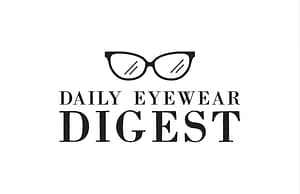Eyewear in sports has come a long way from being seen as a hindrance to becoming an essential performance-enhancing tool. In the past, wearing glasses on the field was risky due to breakage, fogging, and discomfort. Today, advancements in materials, design, and technology have transformed sports glasses into a key asset for athletes across various disciplines.
This article explores the fascinating journey of sports eyewear, from the early days of fragile frames to the modern era of high-performance, impact-resistant, and even smart glasses. Whether you’re a professional athlete or a weekend warrior, understanding this evolution can help you make better choices for your vision and performance.
1. The Early Days: Glasses as a Liability in Sports
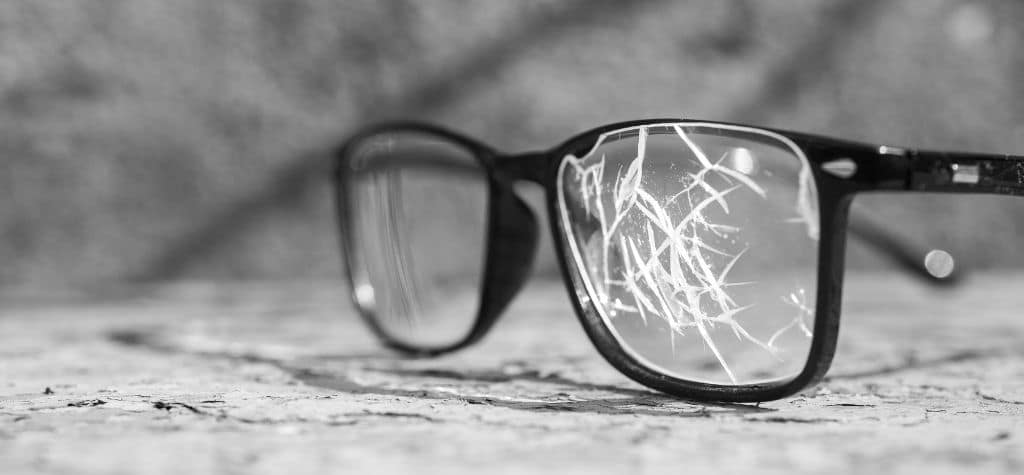
Challenges Athletes Faced Wearing Glasses
In the early days of sports, glasses were not designed for high-impact activities. Athletes who needed vision correction often struggled with:
- Frames that easily broke upon contact
- Lenses that fogged up due to sweat
- Poor fit, causing them to slip off during movement
Breakage, Fogging, and Discomfort Issues
Traditional eyewear was made from fragile glass and weak metal frames, making them impractical for sports. The risk of injury from shattered lenses discouraged many athletes from wearing glasses.
Why Many Athletes Avoided Wearing Eyewear
Due to these limitations, most athletes with vision impairments had to choose between playing with compromised vision or resorting to early contact lenses, which were not widely available or comfortable at the time.
2. The Rise of Prescription Sports Glasses
The Need for Corrective Lenses in Competitive Sports
As sports became more competitive, athletes recognized the need for clear vision. Corrective sports glasses began to emerge, addressing previous concerns about durability and comfort.
Introduction of Durable and Impact-Resistant Materials
- Polycarbonate lenses replaced traditional glass, making glasses shatterproof.
- Lightweight, flexible frames improved comfort and stability.
- Wraparound designs offered better protection and fit.
How Optical Advancements Improved Performance
Prescription sports glasses allowed athletes to:
- React faster to movements and opponents.
- Improve depth perception and accuracy.
- Reduce eye fatigue caused by squinting or blurred vision.
3. Protective Sports Eyewear: Preventing Injuries
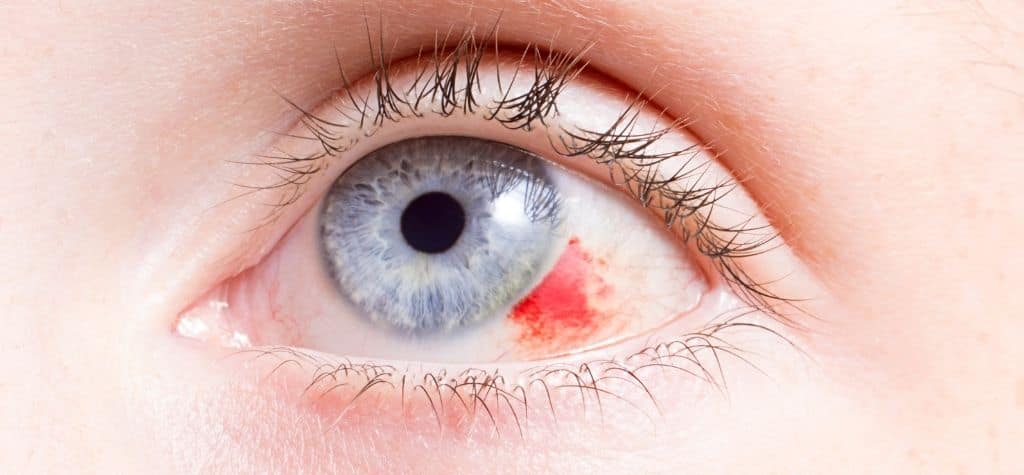
Common Eye Injuries in Sports and Their Impact
Eye injuries are a significant concern in sports, with thousands of cases reported yearly. Some of the most common sports-related eye injuries include:
- Corneal abrasions – Scratches on the eye surface from debris or impact.
- Blunt trauma – Occurs when a ball, elbow, or other object strikes the eye.
- Retinal detachment – A severe condition that can lead to vision loss if untreated.
Development of Safety Standards for Sports Glasses
Recognizing the risk of eye injuries, governing bodies and organizations like the American National Standards Institute (ANSI) and ASTM International established safety guidelines for sports eyewear. These include:
- Impact-resistant lenses made from polycarbonate or Trivex materials.
- Frames designed to withstand force without breaking.
- Padded nose bridges and temples for better fit and comfort.
Best Sports Glasses for Different Activities
Different sports require specialized eyewear for protection and performance. Examples include:
- Basketball & Racquet Sports – Wraparound goggles to prevent eye injuries.
- Cycling & Running – Aerodynamic, anti-fog glasses with UV protection.
- Baseball & Softball – Prescription sports glasses with shatterproof lenses.
4. Technological Advancements in Sports Eyewear
Anti-Fog and Scratch-Resistant Coatings
Modern sports glasses feature anti-fog coatings to prevent condensation buildup, especially in humid conditions. Additionally, scratch-resistant coatings enhance durability and longevity.
UV Protection and Polarized Lenses
Athletes spending time outdoors benefit from UV-protective lenses, reducing glare and preventing long-term damage from UV rays. Polarized lenses improve contrast and clarity, making them ideal for sports like fishing, skiing, and golf.
Smart Glasses and Augmented Reality in Sports
Innovations like smart sports glasses integrate real-time data, enhancing athletic performance. Features include:
- Heads-up displays (HUDs) for tracking speed, heart rate, and performance metrics.
- Augmented reality (AR) for interactive coaching and strategy analysis.
- Enhanced vision technology to improve low-light performance.
5. Contact Lenses vs. Sports Glasses: A Comparison
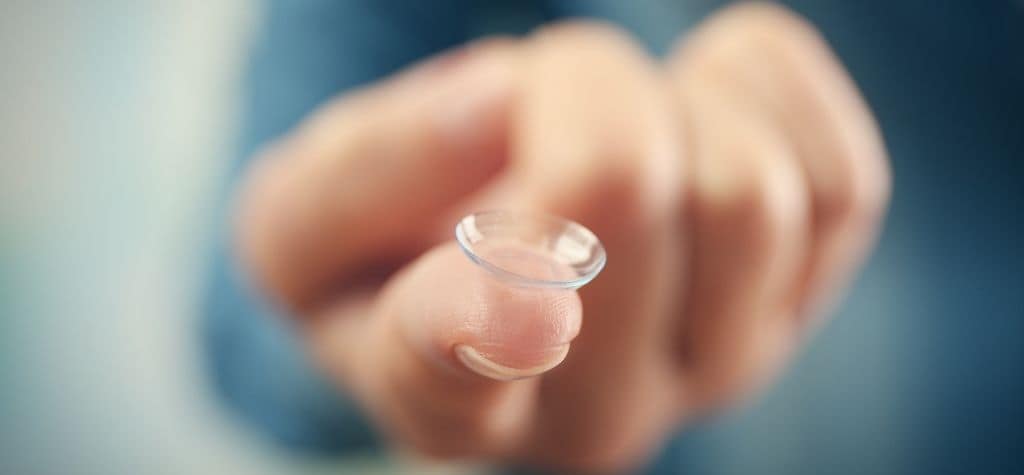
Pros and Cons of Wearing Contacts in Sports
Many athletes opt for contact lenses due to their wider field of vision and lack of frame obstruction. However, contacts come with challenges:
✅ No risk of glasses falling off during play.
✅ Provides clear, unobstructed vision.
❌ Can cause dryness or discomfort, especially in outdoor sports.
❌ Increased risk of eye infections if not handled properly.
Why Some Athletes Prefer Glasses Over Contacts
For individuals who experience contact lens intolerance, sports glasses are the preferred alternative. They offer:
- Impact protection against injuries.
- Less maintenance compared to contact lenses.
- UV and glare protection with specialized coatings.
Best Options for Different Sports
- Swimming & Water Sports – Prescription swimming goggles.
- Contact Sports (Basketball, Football) – Protective sports glasses with secure straps.
- Precision Sports (Golf, Archery) – High-definition lenses for sharp vision.
6. The Influence of Sports Icons on Eyewear Trends
Famous Athletes Who Changed the Perception of Glasses
Sports figures have played a crucial role in normalizing eyewear. Some notable athletes include:
- Kareem Abdul-Jabbar (Basketball) – Popularized protective sports goggles in the NBA.
- Edgar Davids (Soccer) – Wore prescription goggles due to glaucoma, influencing young players.
- LeBron James & Steph Curry – Advocates for blue-light filtering glasses to reduce eye strain.
The Role of Sponsorships and Endorsements
Major eyewear brands collaborate with athletes to design and promote performance-enhancing glasses. Partnerships with brands like Oakley, Nike, and Adidas have pushed sports eyewear into mainstream fashion.
How Stylish Sports Glasses Became a Trend
Today, sports glasses are not just for performance but also for style. Customizable frames, bold colors, and sleek designs make them an athletic fashion statement.
7. Customization and Performance Enhancement
Prescription Sports Goggles and Tailored Lenses
Athletes with vision impairments no longer have to settle for generic glasses. Custom prescription sports goggles enhance vision while ensuring maximum protection.
How Specialized Tints and Filters Improve Visibility
Different lens tints improve contrast and clarity based on lighting conditions:
- Yellow/Amber lenses – Ideal for low-light conditions (indoor sports, skiing).
- Grey lenses – Reduce brightness without altering color perception (golf, baseball).
- Blue or Purple lenses – Enhance contrast on green backgrounds (tennis, cycling).
The Role of Fit and Comfort in Athletic Performance
A well-fitting sports frame ensures:
- No slipping during movement.
- Better focus by eliminating distractions.
- Enhanced airflow to prevent fogging.
How to Choose the Right Sports Glasses
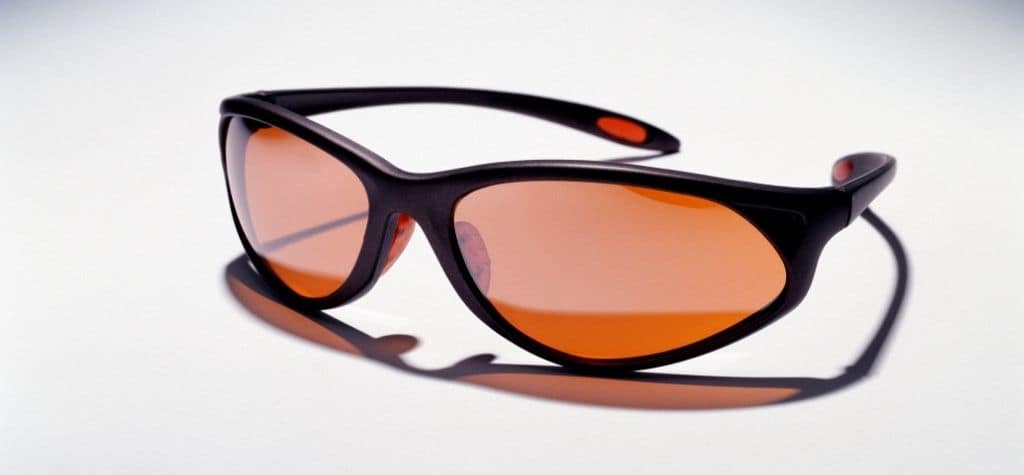
Factors to Consider (Fit, Lens Type, Frame Material)
When choosing the right sports eyewear, consider:
✔ Frame Material – Lightweight yet durable (polycarbonate, titanium).
✔ Lens Type – Prescription, polarized, photochromic (adapts to light changes).
✔ Fit – Adjustable nose pads and secure straps for stability.
Best Glasses for Outdoor vs. Indoor Sports
🏀 Indoor Sports – Anti-glare and impact-resistant lenses.
🚴 Outdoor Sports – UV protection, polarized lenses for clarity.
Maintenance Tips for Longevity
- Clean lenses with a microfiber cloth to prevent scratches.
- Store glasses in a hard case when not in use.
- Use anti-fog wipes to maintain visibility.
FAQs About Glasses in Sports
1. Can Regular Glasses Be Used for Sports?
Regular glasses are not designed for impact, making them unsafe. Sports-specific eyewear is recommended for protection and durability.
2. What Are the Best Sports for Wearing Glasses?
Sports that allow glasses include tennis, golf, cycling, basketball, and baseball, provided proper protective eyewear is used.
3. Are Sports Glasses Necessary for Kids?
Yes! Children who play sports should wear protective glasses to prevent eye injuries and enhance vision clarity.
4. How Do Sports Glasses Improve Performance?
They reduce glare, enhance contrast, and provide sharper vision, leading to better focus and reaction time.
5. What’s the Difference Between Polarized and Non-Polarized Lenses?
Polarized lenses reduce glare from reflective surfaces like water and roads, while non-polarized lenses do not.
6. Can Sports Glasses Be Prescription-Based?
Yes! Athletes with vision impairments can get custom prescription sports glasses for better performance.
Conclusion
The evolution of sports glasses has transformed them from a liability into a game-changing advantage. With constant advancements in technology, materials, and design, eyewear in sports continues to enhance performance, safety, and style.
